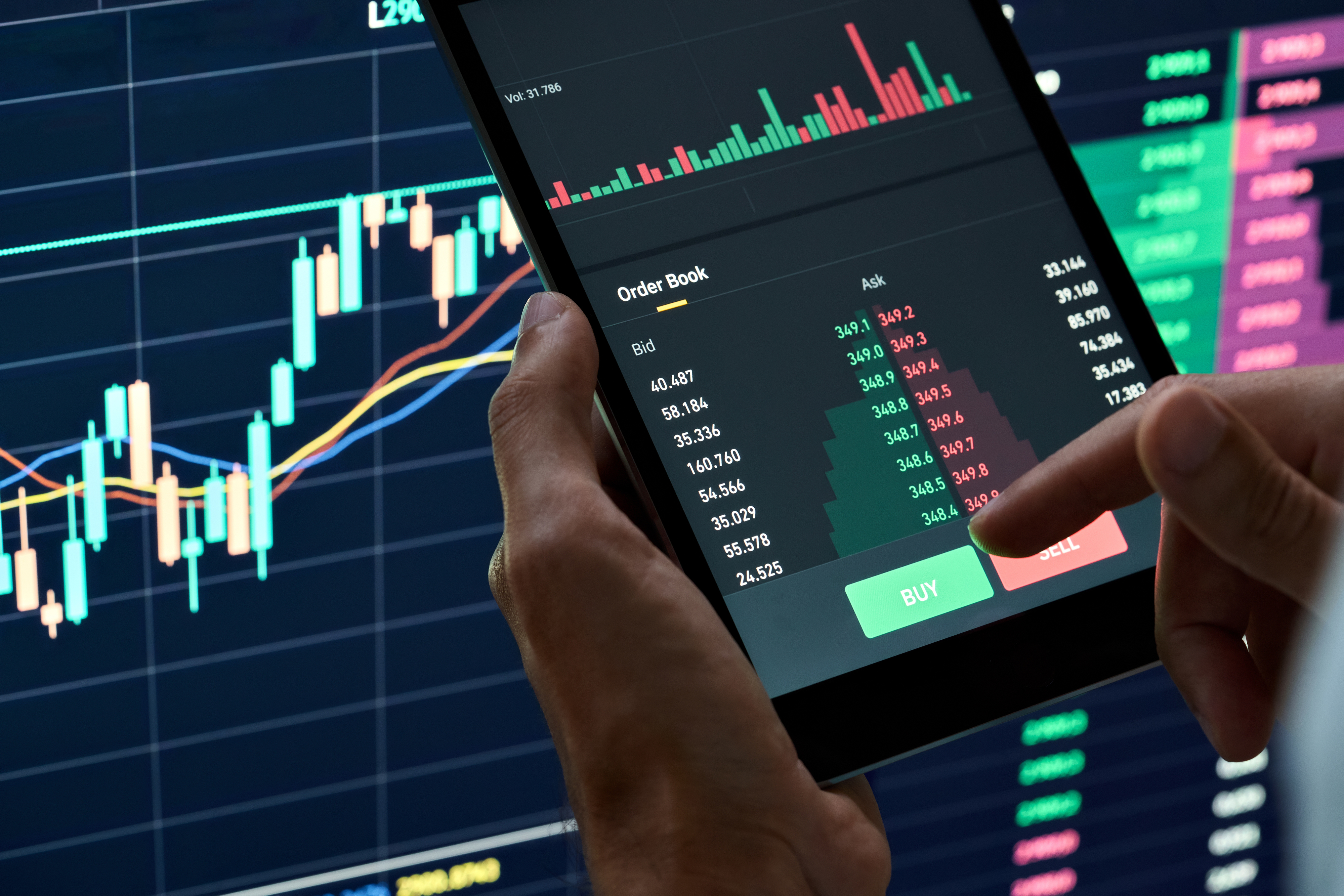
In today's dynamic financial landscape, derivatives valuation adjustments, known collectively as XVAs, have gained prominence as crucial factors impacting the earnings of financial institutions. With the interest rate outlook still very uncertain, and credit spreads widening, managing XVAs, including credit valuation adjustments (CVA), debit valuation adjustments (DVA), and funding valuation adjustments (FVA), have always been important for sell-side participants, but less so for buy side firms. However, this may be changing.
With this topic in mind, Risk.net hosted a thought-provoking webinar, "XVA Dynamics from a Buy-Side Perspective: The Latest Strategies and Insights," sponsored by Numerix, to explore how XVAs impact buy side firms. Find a detailed summary of the webinar here. During the event, a panel of experts shed light on reasons why buy sides should be calculating XVA, and strategies for navigating this complex terrain, including ways to reduce trading costs and ensure access to liquidity. Among the panelists was Andrea Allegra, a Financial Engineer at Numerix.
Why should buy side firms calculate XVA?
Buy side firms have historically been price takers rather than price makers, so why then would they concern themselves with calculating XVA at all? One important reason is being able to reverse engineer how over-the-counter (OTC) derivatives deals are being priced by their counterparties in order to determine if the quotes they are receiving are indeed fair. For sophisticated buy side firms trading large volumes and/or high notional values of bilateral derivatives trades, having the ability to calculate XVAs can improve deal economics through arming them with the pricing information they need to ensure they are only transacting deals that are priced competitively. If the buy side firm determines a given deal price is inflated, they may elect to further negotiate the price with their counterparty, or even work with a different counterparty that offers better pricing.
Buy Side XVA and Risk Considerations
For buy side firms, XVAs may come into play as a result of hedging exposures to market risks. In the webinar, Erik Vynckier of Foresters Friendly Society explained, “Insurance and pension funds have significant exposure to interest rates, inflation, and foreign currencies. However, the asset side of the balance sheet often does not have the appropriate interest rate sensitivity compared to the liability side. To avoid unintended exposures on the balance sheet, hedging strategies are necessary, which means trading OTC derivatives.”
Trading OTC derivatives brings several considerations for the buy side, including valuations, collateralization, and clearing mechanisms. In recent years, derivative valuations have become increasingly complex as dealers incorporate a broad range of adjustments for credit risk, funding costs, margin, and capital charges into deal prices. These factors significantly impact the pricing and competitiveness of their quotes to buy side firms.
Optimizing Funding Costs
The current high interest rate environment poses several challenges for buy side firms attempting to manage XVAs, particularly in terms of collateral and the cost of funding. Buy side institutions must consider which collateral to use—whether it is cash, bonds or other instruments —and how these choices affect the FVA of deals.
Increasingly, buy side players are seeking more flexibility in what can be used for collateral. Andrea Allegra of Numerix commented, “High interest rates are having a huge impact on the propensity to use cash as collateral because it is more expensive.” Accessibility of cash was also identified as a challenge because many on the buy side invested in less liquid positions during the years of quantitative easing, which has made it more difficult to use securities to post as collateral or to liquidate these positions.
Complexity of Calculations
The panelists discussed the complexities involved in computing XVA metrics, which have become more intricate post-crisis. Regulatory frameworks like the Standardized Approach for calculating CVA (SA-CVA) have added layers of complexity, which banks may integrate into deal prices as elements of capital valuation adjustments (KVA) and increase the difficulty of reverse-engineering dealer quotes. Andrea also emphasized that variations in spreads, such as liquidity spreads and cheapest-to-deliver options, often lead to valuation discrepancies even for simple instruments such as cross-currency swaps.
XVA Technology and Tools
Numerix’s panelist, Andrea, highlighted the importance of sophisticated modeling capabilities and rapid data processing for buy side firms that want to retain a competitive edge. By implementing sophisticated risk models and data analytics tools, they can better assess counterparty credit risk and calculate more precise XVA measures.
The buy side's use of technological tools and external service providers, such as Numerix, can be essential for managing XVA challenges effectively. By leveraging these resources, buy side firms can better navigate market complexities and more accurately measure collateral and funding costs.
Learn More
Enhancing XVA management using analytics, tools and technology can help optimize the economics of OTC derivatives trades— ensuring that buy side firms remain competitive and resilient in an evolving financial landscape.
For further discussion on this topic, watch the on-demand webinar: XVA Dynamics from a Buy side Perspective: The Latest Strategies and Insights
